
1. Hello, the optical fiber grating sensor uses the wavelength displacement of the optical wave caused by the deformation of the optical fiber grating to measure the stress strain temperature, etc. The optical fiber sensor uses the modulation of light waves by the external environment to cause parameter changes, such as light strength, wavelength, frequency, phase, etc. The optical fiber grating sensor should be light One of the fiber sensors.
2. Distributed optical fiber wiring is a kind of using optical fiber as a transmission medium to divide the optical fiber wiring system into multiple distributed subsystems. Each subsystem contains multiple optical fiber junction boxes and wiring racks, so as to realize communication between multiple users.
3. Principle of distributed optical fiber sensing technology. Optical fiber sensing technology realizes the measurement of environmental parameters by measuring changes in certain parameters (such as intensity, phase, frequency, polarization state, etc.) of transmitted light in optical fiber.
4. Optical fiber distributed data interface is a local area network technology developed in the mid-1980s. It provides high-speed data communication capabilities higher than that of Ethernet (10Mbps) and token networks (4 or 16Mbps) at that time.
5. The sensitivity of solid core optical fiber is extremely low, and the liquid core optical fiber is unrealistic and the received signal is related to the mode structure.
6. Distributed optical fiber temperature strain monitoring principle Distributed optical fiber temperature strain monitoring technology is based on the optical fiber sensing principle and uses optical fiber as a sensor to measure temperature and strain.

The basic principle is to send the light from the light source through the incident optical fiber to the modulation area. The light interacts with the external measured parameters in the modulation area, so that the optical properties of the light (such as intensity, wavelength, frequency, phase, partial normality, etc.) change and become the modulated signal light, and then send it into the light detection through the output optical fiber. The measured parameters are obtained by the device and the demodulator.
Distributed optical fiber is a sensing system that uses optical fiber as a sensing-sensitive component and transmission signal medium.
SR-G optical fiber temperature sensor has unique technical advantages in temperature measurement in special environments such as high voltage and strong electromagnetic interference. Among them, the temperature hotspot of the fluorescent optical fiber temperature sensor used by the transmitter is not electrically connected to the receiving part of the measurement signal, which can work with high precision and high stability for a long time, which greatly improves its application scope.
Their working principle is to use the characteristics of optical fibers to transmit information. Optical fiber sensors can measure various physical quantities, such as temperature, pressure, tensile force, strain, etc. The basic structure of optical fiber sensors includes light sources, optical fibers and detectors. The light emitted by the light source is introduced into the optical fiber and then reflected into the detector.
[Abstract] BOTDR is a new type of distributed optical fiber sensing monitoring technology. Its distributed, high-precision, long-distance, real-time, remote control and other characteristics have gradually attracted wide attention from the engineering community. Since the monitoring is distributed, the data obtained has an important correlation with the geographical location.
The literal meaning of distributed is to be distributed everywhere. In optical fiber temperature measurement, it means that each point of the optical fiber is a temperature measurement point. In principle, the optical fiber is different All points will produce a scattering effect. As long as the sampling is fast enough, the temperature measurement of any point of the optical fiber can be fully realized.
Distributed optical fiber is a sensing system that uses optical fiber as a sensing-sensitive component and transmission signal medium.
A distributed system is a software system built on the network. Process the assistance task, and then integrate the results. In a distributed system, a group of independent computers present a unified whole to the user, just like a system.
1. Yes. Distributed optical fiber sensor technology is widely used in the military industry field, which can be used for real-time monitoring and control of military equipment, protection of important facilities and border security.
2. Industrial field: In the process of industrial production, distributed optical fiber temperature strain monitoring can help monitor the working status of the equipment in real time, predict the failure risk of the equipment, and take corresponding maintenance measures in time. In addition, it can also be used for feedback control and optimization of production process to improve production efficiency and quality.
3. The composition of the system, in short, is to glue the optical fiber to the measuring tube with special glue that has been verified by indoor and outdoor tests and engineering practice according to a certain construction process to form a sensing system, which we call the distributed optical fiber sensing intelligent inclined measuring tube. The sensor has all the advantages of distributed optical fiber sensors and can carry out quasi-real-time monitoring.
4. Optical fiber sensors take optical fiber as the sensing unit, which is passive, anti-interference, corrosion-resistant and long service life. It is suitable for some special occasions, such as petroleum and petrochemicals and other explosion-proof fields.
5. In the power system, it is necessary to determine temperature, current and other parameters, such as the temperature detection of high-voltage transformers and large motors, the temperature detection in the rotor, etc. Because electrical sensors are susceptible to the interference of electromagnetic fields, they cannot be used in such occasions, and only optical fiber sensors can be used.
6. In the power system, it is necessary to determine the temperature, current and other parameters, such as the detection of the temperature in the stator and rotor of high-voltage transformers and large motors. Because electrical sensors are susceptible to the interference of electromagnetic fields, they cannot be used in such occasions, and only optical fiber sensors can be used.
UEFA Champions League live-APP, download it now, new users will receive a novice gift pack.
1. Hello, the optical fiber grating sensor uses the wavelength displacement of the optical wave caused by the deformation of the optical fiber grating to measure the stress strain temperature, etc. The optical fiber sensor uses the modulation of light waves by the external environment to cause parameter changes, such as light strength, wavelength, frequency, phase, etc. The optical fiber grating sensor should be light One of the fiber sensors.
2. Distributed optical fiber wiring is a kind of using optical fiber as a transmission medium to divide the optical fiber wiring system into multiple distributed subsystems. Each subsystem contains multiple optical fiber junction boxes and wiring racks, so as to realize communication between multiple users.
3. Principle of distributed optical fiber sensing technology. Optical fiber sensing technology realizes the measurement of environmental parameters by measuring changes in certain parameters (such as intensity, phase, frequency, polarization state, etc.) of transmitted light in optical fiber.
4. Optical fiber distributed data interface is a local area network technology developed in the mid-1980s. It provides high-speed data communication capabilities higher than that of Ethernet (10Mbps) and token networks (4 or 16Mbps) at that time.
5. The sensitivity of solid core optical fiber is extremely low, and the liquid core optical fiber is unrealistic and the received signal is related to the mode structure.
6. Distributed optical fiber temperature strain monitoring principle Distributed optical fiber temperature strain monitoring technology is based on the optical fiber sensing principle and uses optical fiber as a sensor to measure temperature and strain.

The basic principle is to send the light from the light source through the incident optical fiber to the modulation area. The light interacts with the external measured parameters in the modulation area, so that the optical properties of the light (such as intensity, wavelength, frequency, phase, partial normality, etc.) change and become the modulated signal light, and then send it into the light detection through the output optical fiber. The measured parameters are obtained by the device and the demodulator.
Distributed optical fiber is a sensing system that uses optical fiber as a sensing-sensitive component and transmission signal medium.
SR-G optical fiber temperature sensor has unique technical advantages in temperature measurement in special environments such as high voltage and strong electromagnetic interference. Among them, the temperature hotspot of the fluorescent optical fiber temperature sensor used by the transmitter is not electrically connected to the receiving part of the measurement signal, which can work with high precision and high stability for a long time, which greatly improves its application scope.
Their working principle is to use the characteristics of optical fibers to transmit information. Optical fiber sensors can measure various physical quantities, such as temperature, pressure, tensile force, strain, etc. The basic structure of optical fiber sensors includes light sources, optical fibers and detectors. The light emitted by the light source is introduced into the optical fiber and then reflected into the detector.
[Abstract] BOTDR is a new type of distributed optical fiber sensing monitoring technology. Its distributed, high-precision, long-distance, real-time, remote control and other characteristics have gradually attracted wide attention from the engineering community. Since the monitoring is distributed, the data obtained has an important correlation with the geographical location.
The literal meaning of distributed is to be distributed everywhere. In optical fiber temperature measurement, it means that each point of the optical fiber is a temperature measurement point. In principle, the optical fiber is different All points will produce a scattering effect. As long as the sampling is fast enough, the temperature measurement of any point of the optical fiber can be fully realized.
Distributed optical fiber is a sensing system that uses optical fiber as a sensing-sensitive component and transmission signal medium.
A distributed system is a software system built on the network. Process the assistance task, and then integrate the results. In a distributed system, a group of independent computers present a unified whole to the user, just like a system.
1. Yes. Distributed optical fiber sensor technology is widely used in the military industry field, which can be used for real-time monitoring and control of military equipment, protection of important facilities and border security.
2. Industrial field: In the process of industrial production, distributed optical fiber temperature strain monitoring can help monitor the working status of the equipment in real time, predict the failure risk of the equipment, and take corresponding maintenance measures in time. In addition, it can also be used for feedback control and optimization of production process to improve production efficiency and quality.
3. The composition of the system, in short, is to glue the optical fiber to the measuring tube with special glue that has been verified by indoor and outdoor tests and engineering practice according to a certain construction process to form a sensing system, which we call the distributed optical fiber sensing intelligent inclined measuring tube. The sensor has all the advantages of distributed optical fiber sensors and can carry out quasi-real-time monitoring.
4. Optical fiber sensors take optical fiber as the sensing unit, which is passive, anti-interference, corrosion-resistant and long service life. It is suitable for some special occasions, such as petroleum and petrochemicals and other explosion-proof fields.
5. In the power system, it is necessary to determine temperature, current and other parameters, such as the temperature detection of high-voltage transformers and large motors, the temperature detection in the rotor, etc. Because electrical sensors are susceptible to the interference of electromagnetic fields, they cannot be used in such occasions, and only optical fiber sensors can be used.
6. In the power system, it is necessary to determine the temperature, current and other parameters, such as the detection of the temperature in the stator and rotor of high-voltage transformers and large motors. Because electrical sensors are susceptible to the interference of electromagnetic fields, they cannot be used in such occasions, and only optical fiber sensors can be used.
 UEFA Champions League live streaming free
UEFA Champions League live streaming free
355.92MB
Check Casino Plus free 100
Casino Plus free 100
838.48MB
Check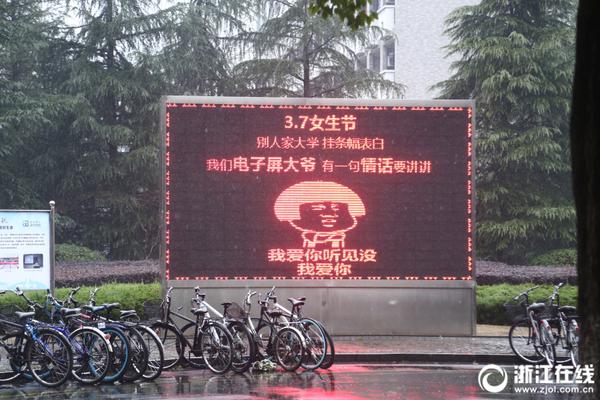 DigiPlus
DigiPlus
864.38MB
Check Casino Plus GCash login
Casino Plus GCash login
368.33MB
Check Bingo Plus stock
Bingo Plus stock
542.58MB
Check 100 free bonus casino no deposit GCash
100 free bonus casino no deposit GCash
813.65MB
Check 100 free bonus casino no deposit GCash
100 free bonus casino no deposit GCash
316.82MB
Check Casino free 100 no deposit
Casino free 100 no deposit
164.29MB
Check 100 free bonus casino no deposit GCash
100 free bonus casino no deposit GCash
973.96MB
Check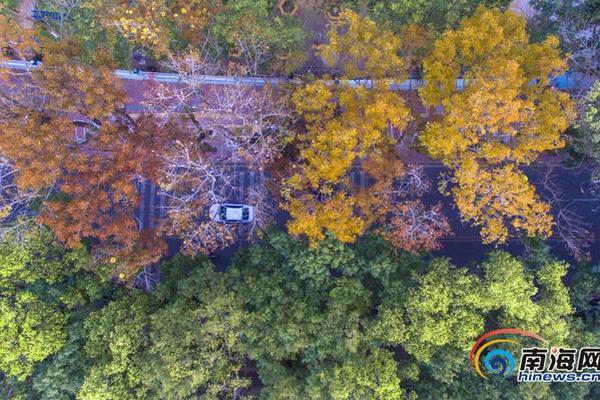 100 free bonus casino no deposit GCash
100 free bonus casino no deposit GCash
623.31MB
Check Arena plus APK
Arena plus APK
969.31MB
Check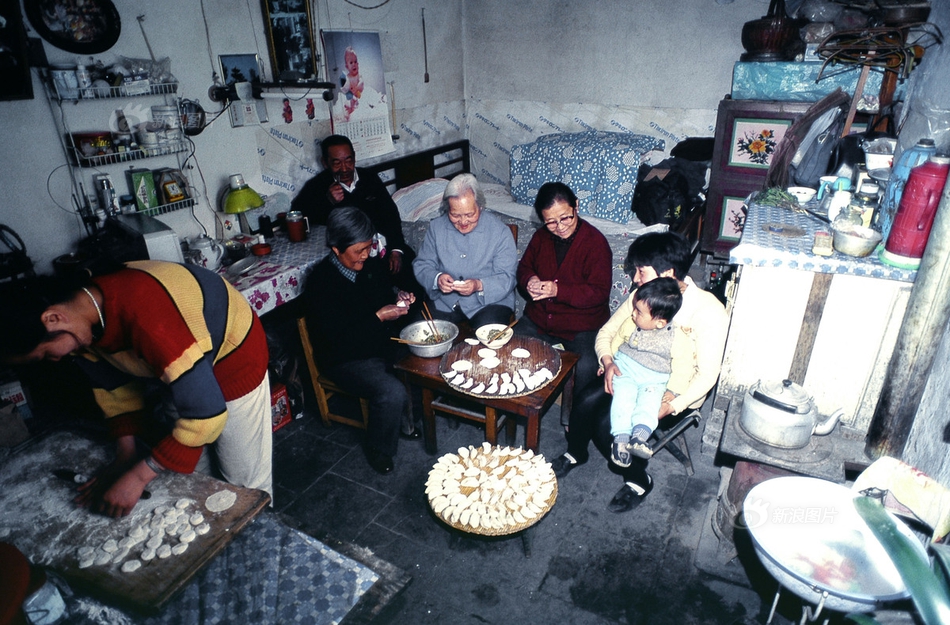 Free sports events uefa champions league app android
Free sports events uefa champions league app android
245.83MB
Check Hearthstone Arena win rate
Hearthstone Arena win rate
545.93MB
Check European Cup live
European Cup live
746.69MB
Check 100 free bonus casino no deposit GCash
100 free bonus casino no deposit GCash
588.73MB
Check UEFA Europa League
UEFA Europa League
643.37MB
Check Hearthstone arena
Hearthstone arena
519.81MB
Check Hearthstone Wild Decks
Hearthstone Wild Decks
887.19MB
Check UEFA European championship
UEFA European championship
748.25MB
Check UEFA Champions League standings
UEFA Champions League standings
868.36MB
Check Bingo Plus
Bingo Plus
877.25MB
Check UEFA Champions League live
UEFA Champions League live
416.52MB
Check Hearthstone arena
Hearthstone arena
358.68MB
Check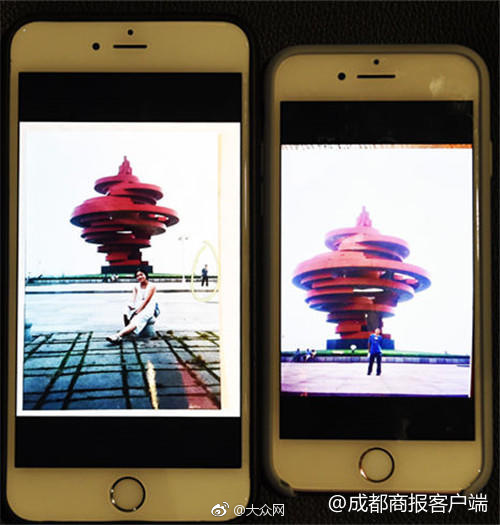 Casino Plus app
Casino Plus app
226.72MB
Check DigiPlus
DigiPlus
586.16MB
Check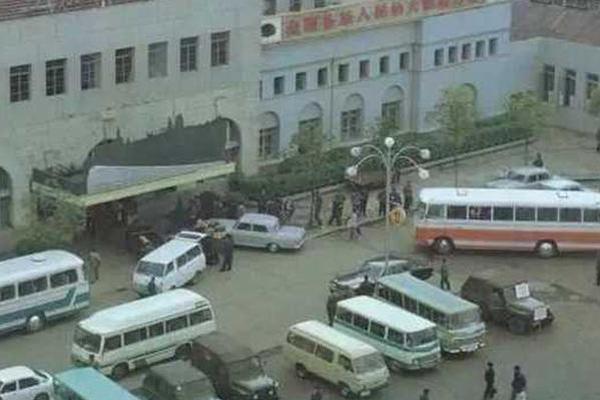 casino plus free 100
casino plus free 100
376.73MB
Check UEFA Champions League standings
UEFA Champions League standings
267.81MB
Check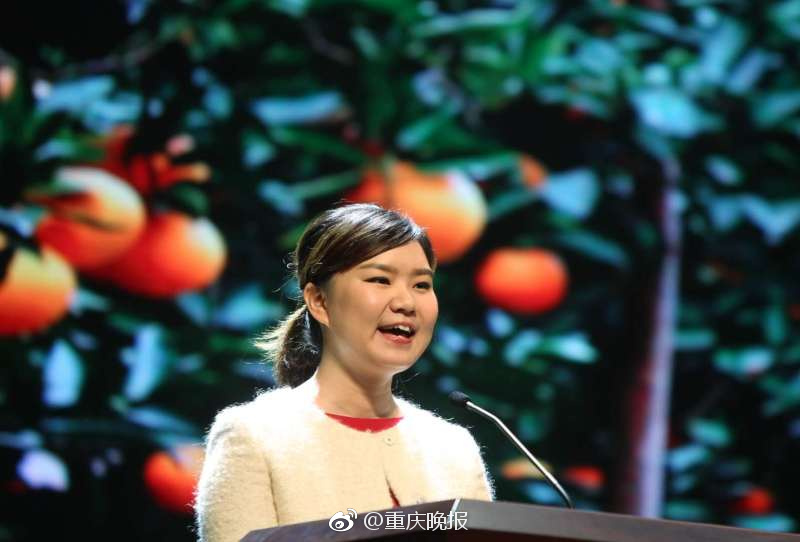 Hearthstone deck
Hearthstone deck
689.95MB
Check Hearthstone arena
Hearthstone arena
716.38MB
Check Europa League app
Europa League app
173.46MB
Check bingo plus update today Philippines
bingo plus update today Philippines
832.15MB
Check Bingo Plus stock
Bingo Plus stock
136.26MB
Check Europa League app
Europa League app
262.94MB
Check bingo plus update today Philippines
bingo plus update today Philippines
544.43MB
Check Arena plus APK
Arena plus APK
175.85MB
Check Casino Plus GCash login
Casino Plus GCash login
842.47MB
Check
Scan to install
UEFA Champions League live to discover more
Netizen comments More
2218 App to watch Champions League live free
2025-02-23 00:27 recommend
2892 Casino free 100 no deposit
2025-02-22 23:07 recommend
835 Casino Plus free 100
2025-02-22 22:32 recommend
590 Casino Plus
2025-02-22 22:25 recommend
2724 UEFA European championship
2025-02-22 22:14 recommend